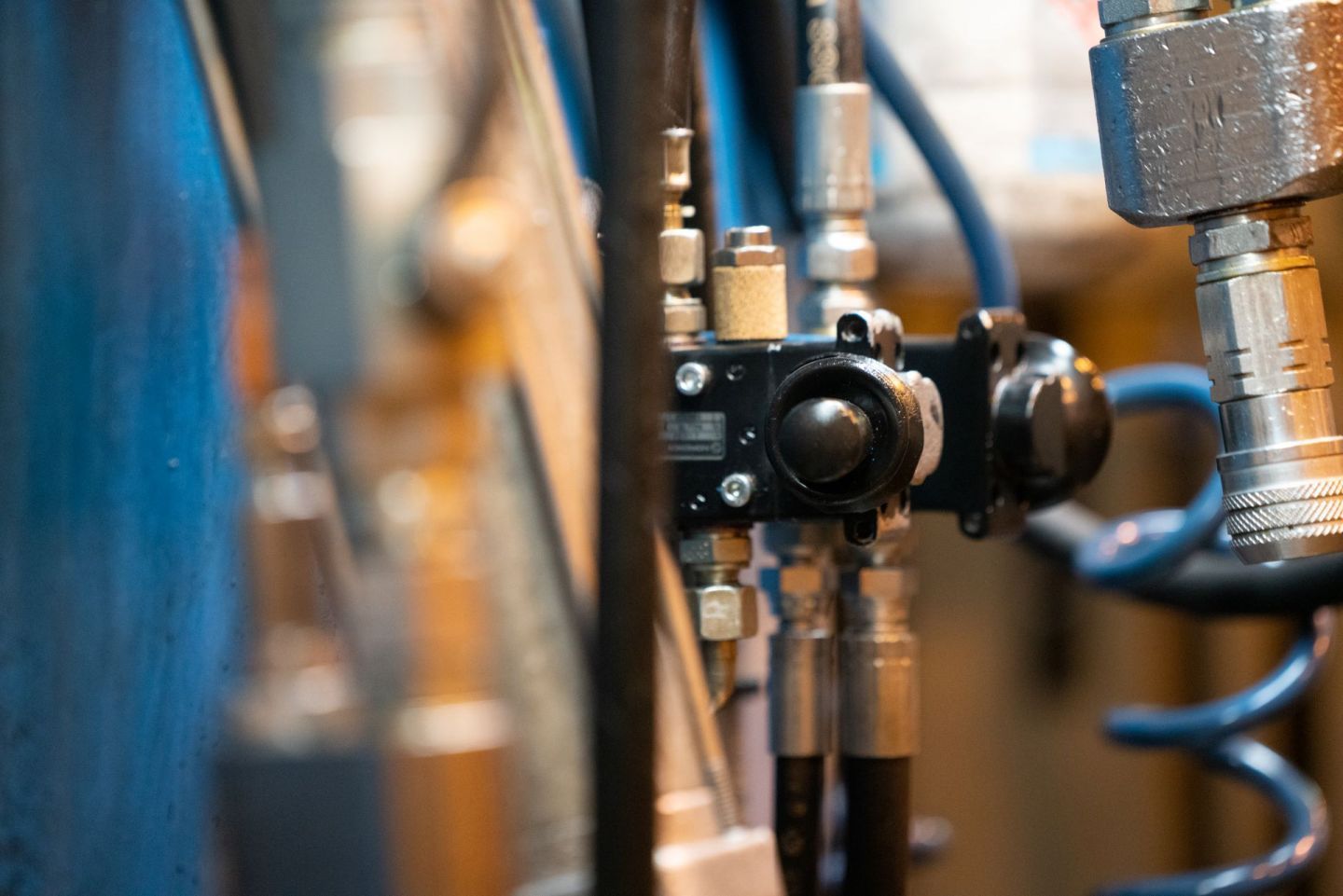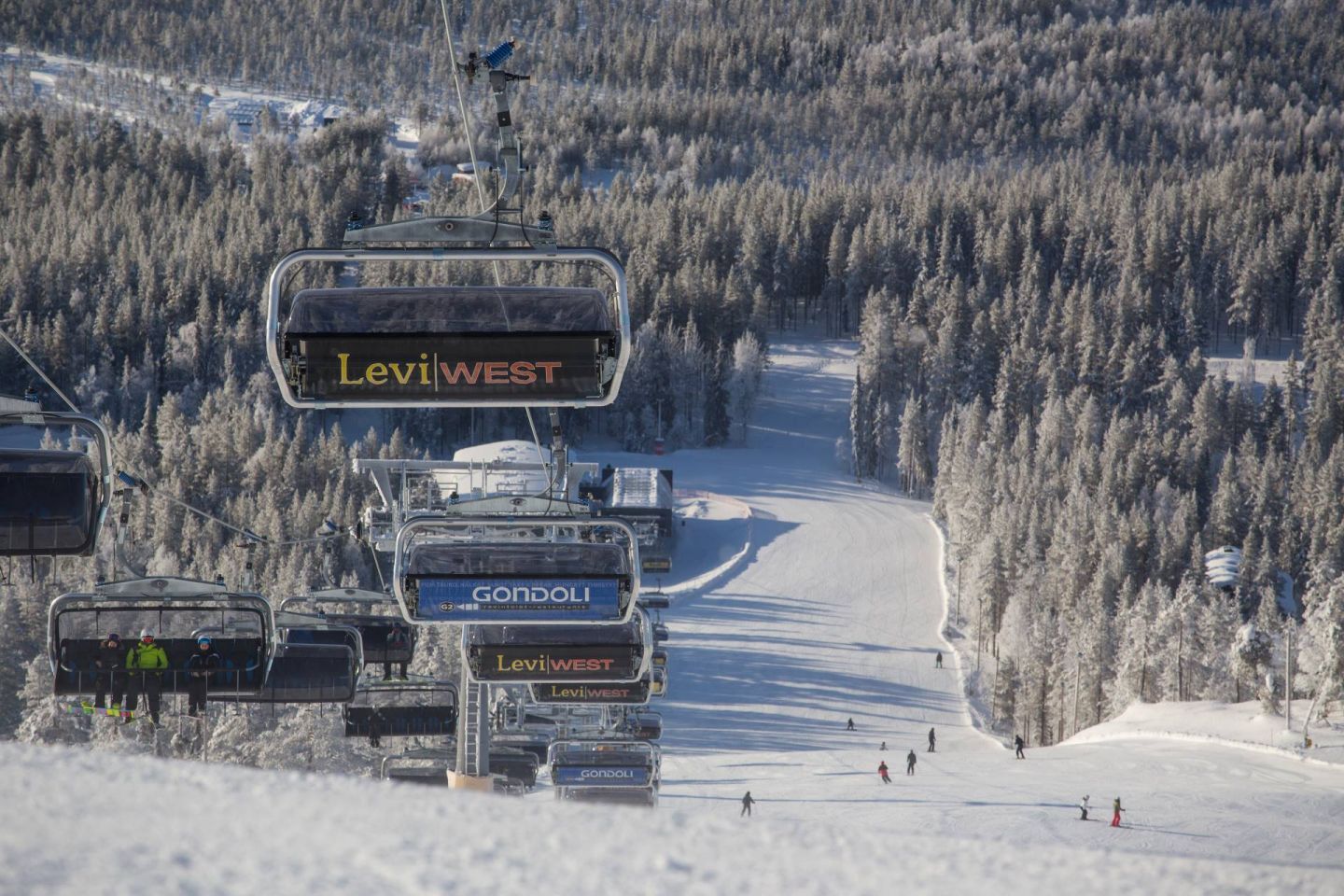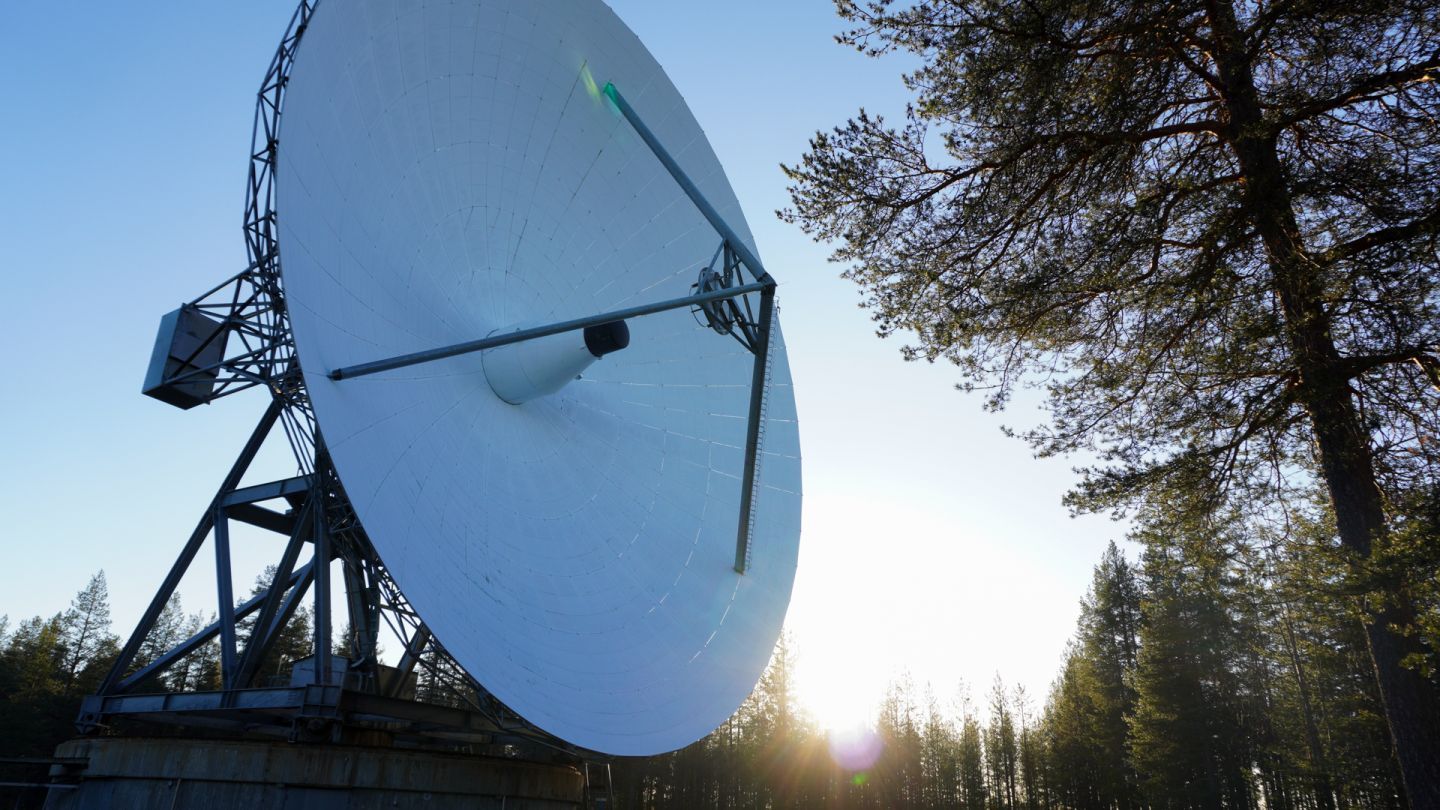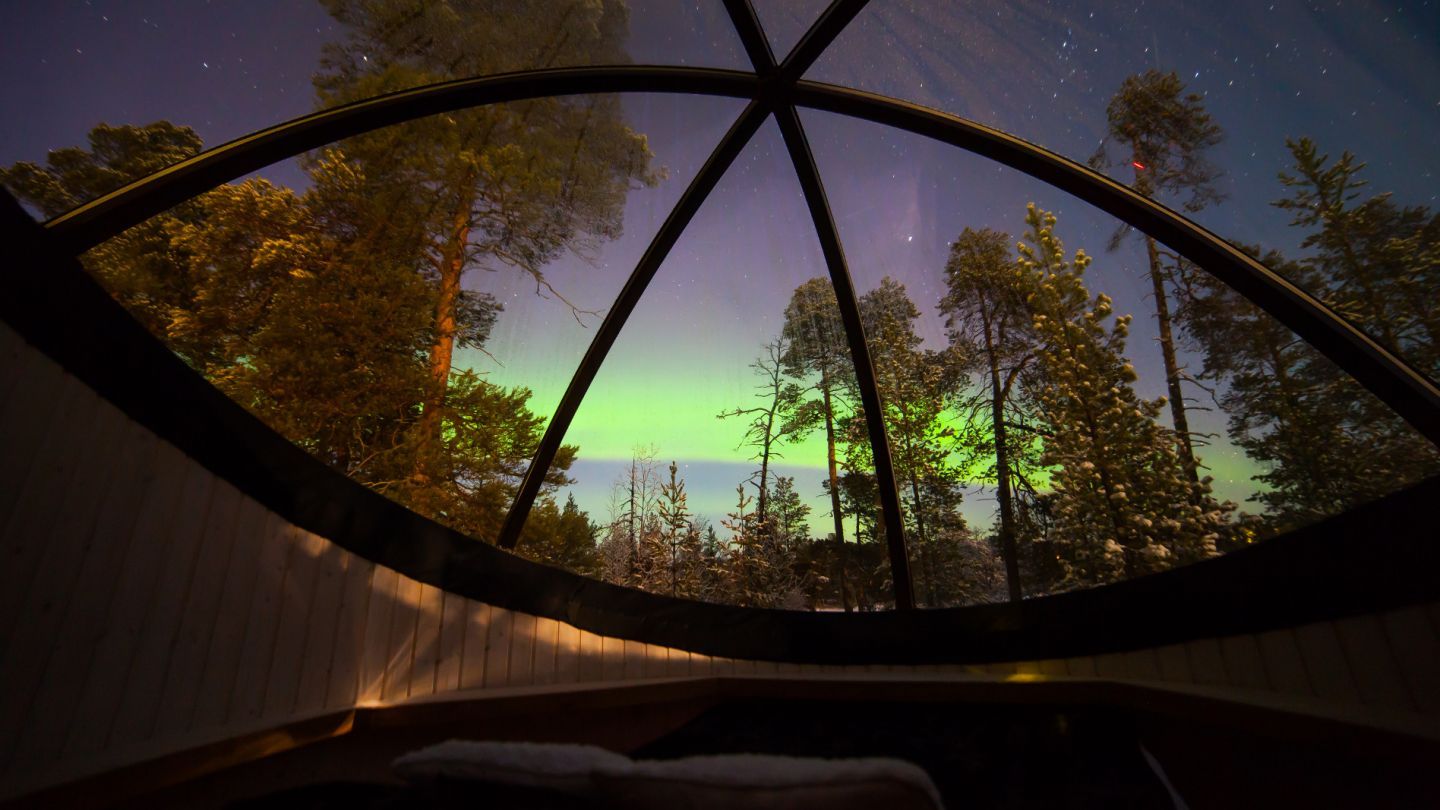In Lapland, many business operations are based on the Arctic nature, and the unique conditions provide the inspiration for bold innovations. Strong expertise and genuine cooperation networks support business operations and investments. We have five good reasons why you should do business here and invest in Lapland!
Connection to nature helps to develop sustainable businesses
In Lapland, the ability to understand nature and utilise it in a responsible manner is both part of its heritage, and it is deeply integrated into the business culture. Sustainability is part of everyday business life in Lapland, not just a matter of empty phrases in strategy documents.
The surface area of Lapland makes it Finland’s largest province and at the same time the most sparsely populated region. A total of approximately 177,000 people live in the entire province, but it is clear that the northern region is of interest as a place of residence when skilled individuals set off to carry out their dreams of living in the vicinity of pure nature.
Lapland has extensive forest resources, which are also continuously growing. The rocky soil has high levels of e.g. gold, copper, chromium, nickel and iron. Research is also currently being carried out in areas where battery minerals, such as cobalt, are present. The Arctic nature is also a true treasure chest for the production of pure natural products.
The clean nature is a key operating environment for tourism operations. The varied landscapes, from fells to Taiga forests attract visitors to the seven national parks and numerous tourism centres in the north. Lapland’s sustainable business operations are also certified, for example, in the tourism industry a large part of companies already have an international responsibility label in use.
- Explore more: Connection to nature leads to sustainability
- Surface area 100,000 km², population 177,000
- Cleanest air in the world
- Lots of minerals in the soil
- Five million hectares of forest land
Unique conditions as a source of innovation
Lapland’s conditions differ from the mainstream. Lapland offers cold and warm conditions, Arctic light and the darkness of the polar night. New solutions are created with the inspiration of these conditions, and they also provide sustainable growth in business operations.
The location of Lapland is special, the province has three countries as its bordering neighbours. The extensive and active border regions and the immediate cross-border cooperation provide the region with a lot of potential. In addition to the neighbouring countries, the technology hub of 200,000 residents, Oulu, is also close to Lapland.
The Arctic Circle runs through the southern part of Lapland. The Arctic Circle is the southernmost latitude where you can experience the summer’s nightless night when the sun does not set at the horizon and the winter’s polar night when the sun does not rise at all. The average temperature of the year in Lapland is around zero degrees. During the winter, the temperature can drop to almost minus 50 degrees and during the hottest summer days, it can reach near enough plus 30 degrees. A snow cover is enjoyed in the north from the end of October until May. In Rovaniemi, the snow in March has an average depth of approximately 60 centimetres while further north, there can be more than one metre of snow.
Due to the cold and snowy winter, Lapland is an excellent environment for carrying out high-quality winter testing and research. Lapland has a long history in winter testing, and its main focus is currently in smart traffic and electronic traffic. Multidisciplinary Arctic research is carried out in Lapland, and for example, weather phenomena and Northern lights are studied.
- Norway, Sweden and Russia as bordering neighbours
- 8 seasons
- Average temperature around zero degrees
- Snow from October to May
- Significant Arctic expertise
Courage leads to profits
The business culture of the northern involves courage, which can be seen in the investments and reactions to the changing world. Challenges are not met with despair, but instead, the best operating practices are sought through trial and experiments.
The number of companies in Lapland increases annually by approximately five hundred. The growth of business operations in the tourism industry, mining sector and industrial operations causes numerous subcontracting possibilities, for example, in logistics, construction and the service sector.
Lapland is an export province. Lapland’s share of all the exports in Finland is seven percent although the share of its population is only three percent. Top products are exported around the world from Lapland, from paper to hydraulic cylinders and galvanic cell structures.
A majority of Finland’s most interesting and largest tourism centres are in Lapland. The development of Levi, Ylläs, Saariselkä, Rovaniemi, Pyhä-Luosto, Salla and Sea Lapland has been ascending. The destinations have developed their services over the years with innovations – the sauna gondola on the slopes of Ylläs is just one example of these surprising products.
The interest of international operators and investors towards the north is increasing strongly. International media as well as movie productions have also found Lapland, Lapland is internationally perceived as a trendy and interesting destination.
- Explore more: Courage opens new doors
- 12,500 business locations
- The number of companies increases by approx. 500 per year
- Export value 4 billion euros
- Investment potential up to 13.7 billion euros
Genuine cooperation and low hierarchies
There is a strong sense of cooperation in Lapland, which also extends to business operations. There is no need to cope with challenges alone, but instead, growth takes place in networks.
The development and business units of the Lappish municipalities are strong experts of their own regions. They support the growth of business life, help new operators establish and find suitable plots, premises and cooperation networks for operations. Business units also provide tips on various financing opportunities.
For example, Lapland’s Chamber of Commerce, The Regional Organization of Enterprises in Lapland and the Finnish Lapland Tourist Board organise training and networking opportunities as well as promote the interests of companies. In addition to this, regional clusters have formed around the main business sectors in which synergy benefits are utilised, innovations are created or successful marketing is carried out in cooperation.
Cooperation is facilitated by the low Lappish hierarchy system. The mayor and decision-makers are easy to contact: they are all just a phone call away. The low hierarchy is also apparent in the casual business wear – in the north, people dress according to the northern conditions, i.e. long johns are more of a necessity than ties!
- Explore more: Genuine cooperation roots from culture
- Facts and contacts infopage provides the most relevant contacts and industry facts
Functionality makes business operations easy
Studies show that Finland is the world’s most stable and happiest country as well as the best business environment, and functional Lapland is at the very peak of it.
Good connections and green energy
There are five airports in Lapland, and more than 1.3 million passengers pass through them each year. The ports in Kemi and Tornio as well as the extensive railway network connect Lapland’s destinations to Southern Finland. Upon completion, the planned Arctic Ocean Railway would place Lapland in a logistically important position.
Over the years, the data connections in Lapland have clearly developed, the availability of fast broadband in Lapland is at the same good level as in the rest of Finland. The coverage of fibre optic and 5G connections is constantly expanding. The planned Arctic Connect communication cable from Asia to Europe would run through Lapland.
The distribution of electricity is reliable and the price of energy together with transmission fees are rather competitive on a European level. In Finland, the price of electricity is among the most affordable in Europe. It is also easy to use green energy here, because the country has moved on to increasingly more fossil-free production methods.
Growing talent pool
The University of Lapland and the Lapland University of Applied Sciences are an important resource for the region’s business operations. Students graduate from the University of Lapland with degrees in education, law, social sciences as well as design, and from the Lapland University of Applied Sciences with degrees ranging from technology to healthcare. There are a total of more than 10,000 higher education students. In addition to this, Lapland’s vocational colleges produce highly skilled operators and professionals for the region’s business needs, and education is also customised on the basis of the industry.
Lapland is also actively attracting new talents to the region with it’s Talent Attraction program. Lapland has gained new residents within the age groups of 25-54 for several years and the data and research shows that more and more Finns are dreaming of moving to Lapland.
One of the main strengths of Lapland is living here. In addition to the cleanliness and natural peace, the diverse services of the municipal centres and the excellent price-quality ratio of housing ensure that in addition to business, entrepreneurs and employees together with their families will enjoy and succeed in Lapland.
- Explore more: Functional environment promotes business
- 5 airports and 2 ports
- Green energy at reasonable costs
- Fixed broadband and 5G expanding
- Growing talent pool
- 10,000 higher education students
- Premium quality of life
Want to know more about Lapland’s business and investment opportunities?
Subscribe to our quarterly newsletter.
Would you like us to contact you?
Please fill in the form, and we will get back to you
Follow us on Social Media
Twitter @laplandbusiness / LinkedIn Business Lapland






